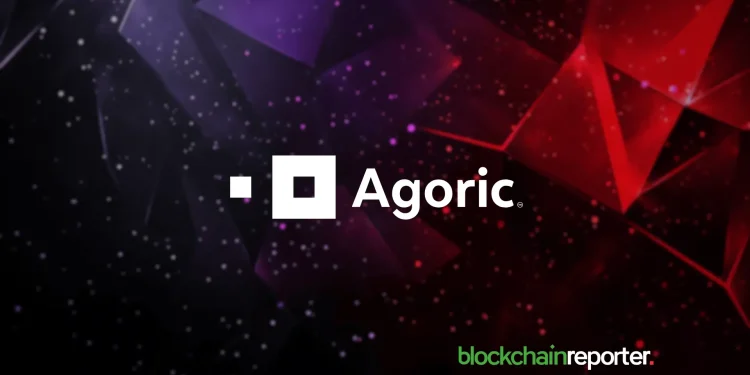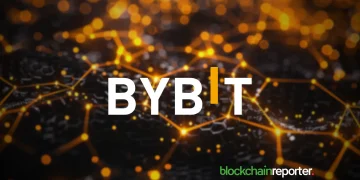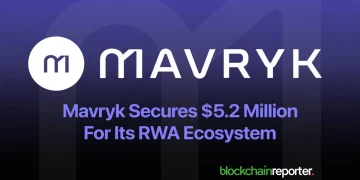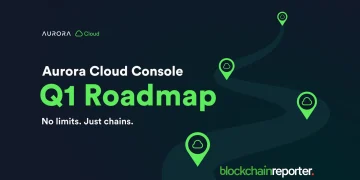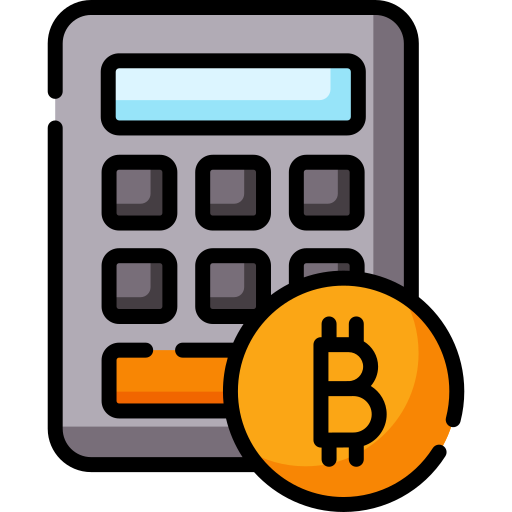Moving assets between blockchains feels like running an obstacle course. Despite advances in interoperability, from Cosmos IBC to cross-chain bridges, executing complex DeFi strategies across chains still tests users’ patience. When a single cross-chain transfer takes 16 minutes, and DeFi opportunities vanish in seconds, something needs to change.
The blockchain ecosystem has evolved a great deal. With over $2 trillion in liquidity spread across Ethereum, Solana, L2s, appchains, and sovereign rollups, we’ve solved many connectivity challenges. Yet moving assets between these networks often requires multiple wallets, numerous confirmation screens, and enough patience to make a monk proud.
Beyond Basic Interoperability
Current interoperability solutions perform well at point-to-point transfers. Bridges move assets between chains, and IBC enables secure communication between Cosmos chains, supporting interchain accounts and queries for more advanced cross-chain interactions. But when it comes to executing a sequence of cross-chain operations, like moving liquidity for yield farming or managing multi-chain NFT trades, things get messy. It’s still a manual, time-intensive process.
Take staking tokens from one chain into a protocol on another, for example. Without tools, you’re looking at:
- Bridging assets (and waiting 16 minutes)
- Connecting different wallets
- Managing multiple transaction approvals
- Monitoring each step manually
- Risking missed opportunities during delays
It’s no wonder users are frustrated.
The Orchestration Breakthrough
Orchestration approaches this differently. Instead of just connecting chains, it automates entire sequences of cross-chain operations. The technical innovation is Smart contracts that persist across multiple blocks, maintaining state and responding to events over time.
This simple change promotes powerful capabilities:
1. Multi-Block Execution
Traditional smart contracts must complete their work in a single block. Orchestrated contracts, however, can span multiple blocks, monitoring conditions and executing steps automatically. Early implementations show the impact like Fast USDC, which slashed cross-chain transfer times from 16 minutes to just 2 minutes.
2. Cross-Chain Automation
Consider Calypso’s implementation, which utilizes Agoric’s Orchestration API to simplify complex DeFi interactions. Traditionally, staking assets across chains involves multiple steps, bridging tokens, swapping assets, and manually approving transactions. With orchestration, what used to take six separate steps now requires just a single click. The smart contract automatically handles price checks, asset transfers, confirmations, and staking execution behind the scenes.
3. Timer Services
Smart contracts can now schedule actions and respond to time-based triggers. This enables automated portfolio rebalancing, periodic payments, and time-sensitive DeFi strategies without constant monitoring.
Technical Innovation at Work
The innovation lies in how these systems work together. Agoric’s implementation uses JavaScript smart contracts with async/await, a feature that makes multi-step blockchain transactions behave more like regular web applications, reducing complexity for developers. Staking the BLD token secures this execution environment, and ensures orchestrated transactions finalize correctly across multiple blocks.
Real-World Impact of Orchestration
The true power of orchestration is already visible. One of the most exciting applications comes from Native, which is using Agoric’s Orchestration API to enable direct Bitcoin transactions within the Cosmos ecosystem, without wrapping or bridging. Unlike traditional solutions that rely on wrapped BTC or centralized custodians, Native’s approach leverages Zero Trust Architecture to seamlessly integrate Bitcoin with Cosmos-based DeFi. This removes friction for Bitcoin holders looking to engage with Cosmos applications while maintaining Bitcoin’s original security properties.
Meanwhile, Union’s integration is using zero-knowledge cryptography to enable trustless, efficient bridging between appchains and L1s/L2s. This removes the need for third-party intermediaries, reducing risks and improving security in cross-chain transactions.
Elys Network demonstrates practical applications in DeFi, handling complex operations like LP management and derivatives trading across chains smoothly. Their platform shows how orchestration can deliver CEX-like experiences in a decentralized environment.
The key takeaway? Orchestration isn’t just improving blockchain efficiency, it’s opening up new possibilities for cross-chain DeFi, Bitcoin integration, and trustless interoperability.
Beyond Individual Transactions
The true power of orchestration becomes clear when we look beyond simple transfers. Take DeFi, for instance. Today’s yield farmers often miss opportunities because they can’t move quickly enough across chains. Orchestration changes this entirely. Instead of manually hunting for yields, smart contracts can automatically shift liquidity to the most profitable opportunities across multiple chains. When market conditions change, these contracts adjust strategies in real time, maximizing returns while you sleep.
For DAOs, orchestration solves a persistent headache: managing operations across different blockchain ecosystems. Imagine a DAO that needs to pay contributors in different tokens across various chains. Without orchestration, this means hours of manual transfers and endless transaction signing. With it, the entire process runs automatically, from converting tokens to distributing payments, all executing precisely when needed. Treasury management becomes fluid, with funds moving efficiently between chains based on the DAO’s needs.
The gaming and NFT space perhaps shows the most exciting possibilities. Imagine playing a game where your character’s sword, earned on one blockchain, easily travels with you into another game on a different chain. No more copying assets or creating wrapped versions. Artists can sell their work across multiple marketplaces simultaneously, with royalties automatically distributed to their wallets regardless of where the sale happens. This is beyond moving NFTs between chains but creating truly interconnected digital worlds.
The Road Ahead
We’ve cracked the code on moving assets between chains. But that’s just the beginning. The real excitement is the ability to build applications that handle complex operations as smoothly as your favorite mobile apps.
The momentum is building. Right now, 60+ teams are already pushing the boundaries of what’s possible. Look at what’s happening with Union, Native, and Elys Network, they’re showing how these tools solve real problems for real users.
We’re not just looking to connect different blockchains anymore. That problem’s largely solved. The real challenge, and opportunity, is making them work together so well that users never have to think about the complexity underneath. Orchestration turns what used to be a headache-inducing process into something that just works.
Want to try this technology? Check out the developer portal. Everything you need to start building is there.


